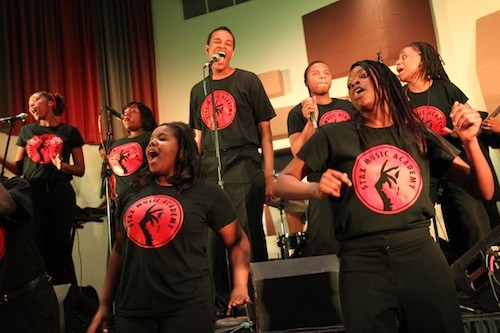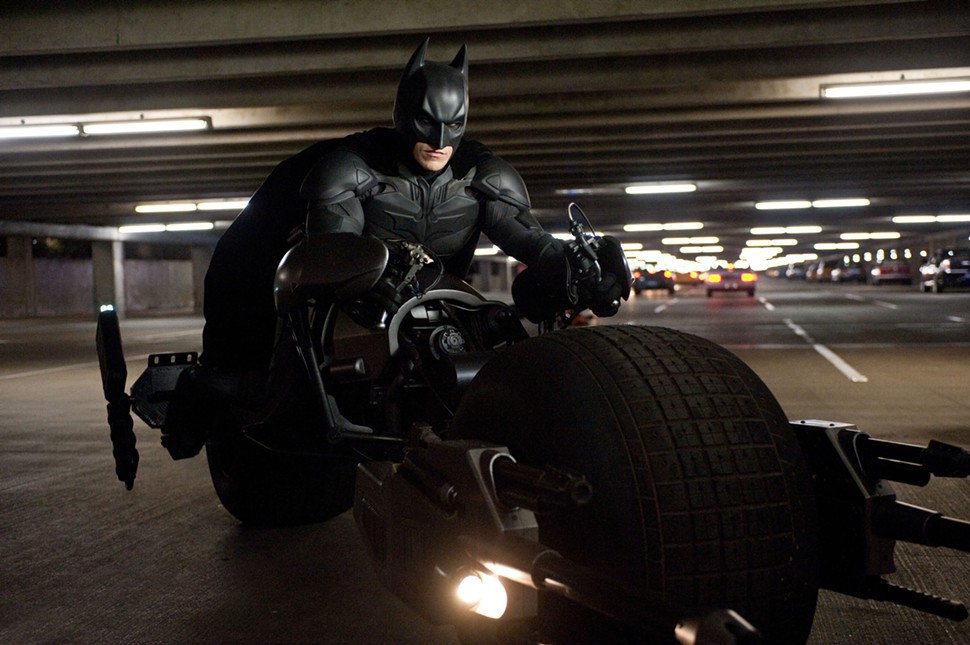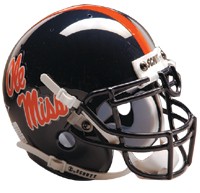A couple of years ago, at a Memphis Pops Festival at the Hi-Tone Café, longtime Memphis scene stalwarts Dave Shouse (Grifters) and Steve Selvidge (Big Ass Truck, Hold Steady) played a great set. But it wasn’t with the Bloodthirsty Lovers, the Shouse project of which Selvidge was once a member. Instead, they were back-up players for Neil Bartlett, a then generally unknown young Memphis musician, in Bartlett’s band Hi Electric. The band — and Bartlett — seemed like a potentially major new force on the Memphis indie-rock scene, but neither has been heard all that much since. At least until recently.
It turns out Bartlett was holed up in the studio crafting an eponymous debut album that’s one of 2012’s best local releases. And, now a trio with bassist Alan Yee and drummer Henry Talbot, Hi Electric is back to performing live.
“I was a huge Beatles fan growing up, even as a really young kid, and that’s carried over through everything,” Bartlett says of his current band’s heavy but extremely melodic rock sound.
Bartlett, a guitarist, went through a psychedelic rock phase in middle school and then got into playing jazzy/jammy stuff inspired by Medeski, Martinw & Wood in high school. (He graduated from White Station in 2003.) But when he got serious about his own music in college, at the University of Memphis, he returned to the basics.
“I needed something else, and I returned to the simple song structures that had impressed me with the Beatles,” Bartlett says. “Nirvana was huge when I was growing up, and I got back into them too — grungy but with pop songs underneath it all. And that became a good ideal for me musically. I’ve played with the idea of going weirder and more psychedelic, but I just don’t think I’m very good at it.”
In college, Bartlett did solo home recordings, posting them on MySpace. One drunken night, he sent messages to local musicians he admired, asking them to check it out.
Bartlett got a response from Selvidge, who had been an early influence via Big Ass Truck. Selvidge worked with Bartlett on some initial demos as a duo and then wrangled a band — including Shouse and former Big Ass Truck drummer Robert Barnett — for live shows and more extensive recording.
“Steve was a really good mentor. He showed me how things work,” Bartlett says. “But I was about 24 or 25, and it was impossible for me to go to these practices and tell them what to do. I think they wanted me to be a little more of a leader, to be more vocal. I can see that now in hindsight, but it was just impossible for me to do.”
Working with local luminaries was instructive (“Bouncing ideas off Dave Shouse was extremely rewarding,” Bartlett says) but not meant to last. Before long, Bartlett was reinventing Hi Electric with Yee, who had been part of the initial live band late in its run, and high school friend Talbot and going into the studio with producer Kevin Cubbins.
“It feels good as a trio,” Bartlett says of pursuing a “heavier, grittier sound” in Hi Electric 2.0. “There’s something simple and primal about guitars, bass, and drums.”
Bartlett, Cubbins, and the band started recording Hi Electric in late 2009.
“In the studio, I was like a fish being thrown into water for the first time,” Bartlett says of the too-lengthy process. “I wanted to do it every day. To me, that’s the most rewarding aspect of it. So I completely stopped booking any shows, which was a terrible idea.”
While a long time in coming, the result is impressive. Hi Electric is a heavy, guitar-drenched take on the tradition of classic rock sans blues that evokes such ’90s modern-rock staples as Teenage Fanclub, Nirvana, Smashing Pumpkins, and Foo Fighters.
“That period of music has a huge influence on me, because that’s when I was growing up,” Bartlett says. “But also we’re fans of the Beatles and British rock and the Velvet Underground. It’s just power pop with fuzz pedals; that’s what 90 percent of ’90s alternative rock was.”
Now, with a terrific new album in tow, Hi Electric is trying to find its place on a local scene where rock successes tend more often toward rootsy or punk directions.
“We’re swimming against the current,” Bartlett says. “It’s hard to build an audience in this town if you don’t fit into those molds.”
Hi Electric plays the Poplar Lounge on Friday, July 27th. Admission is free.



